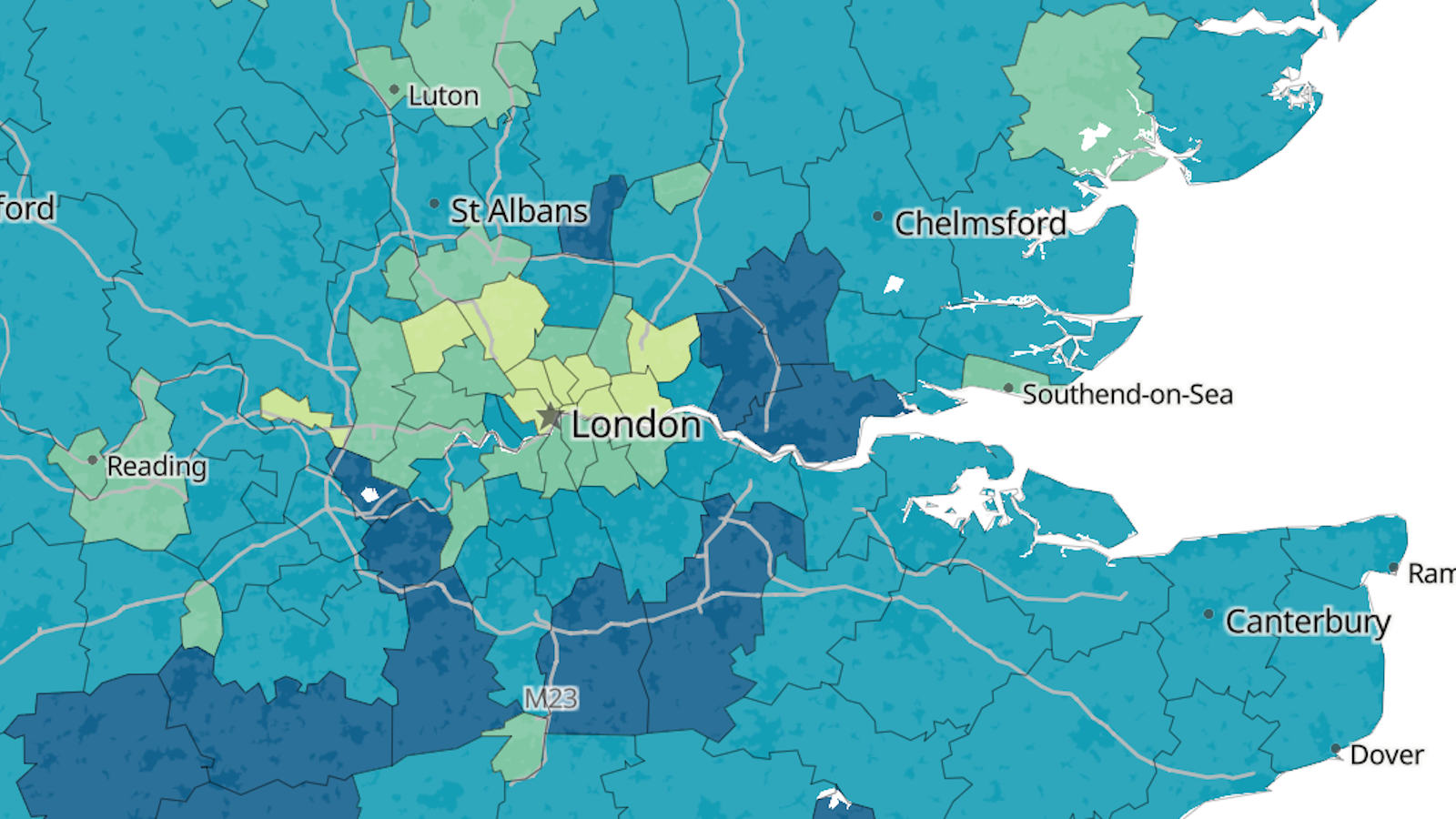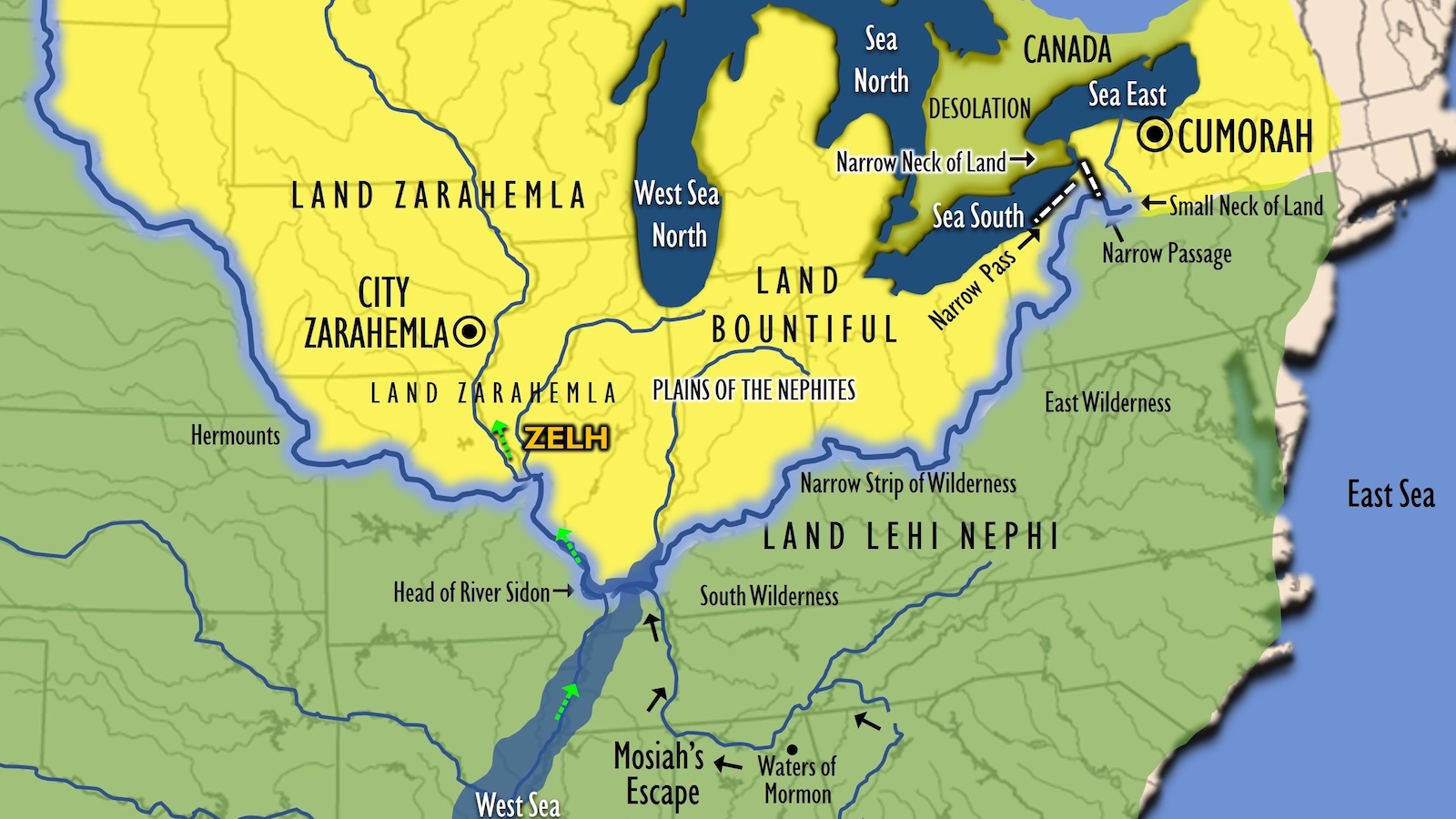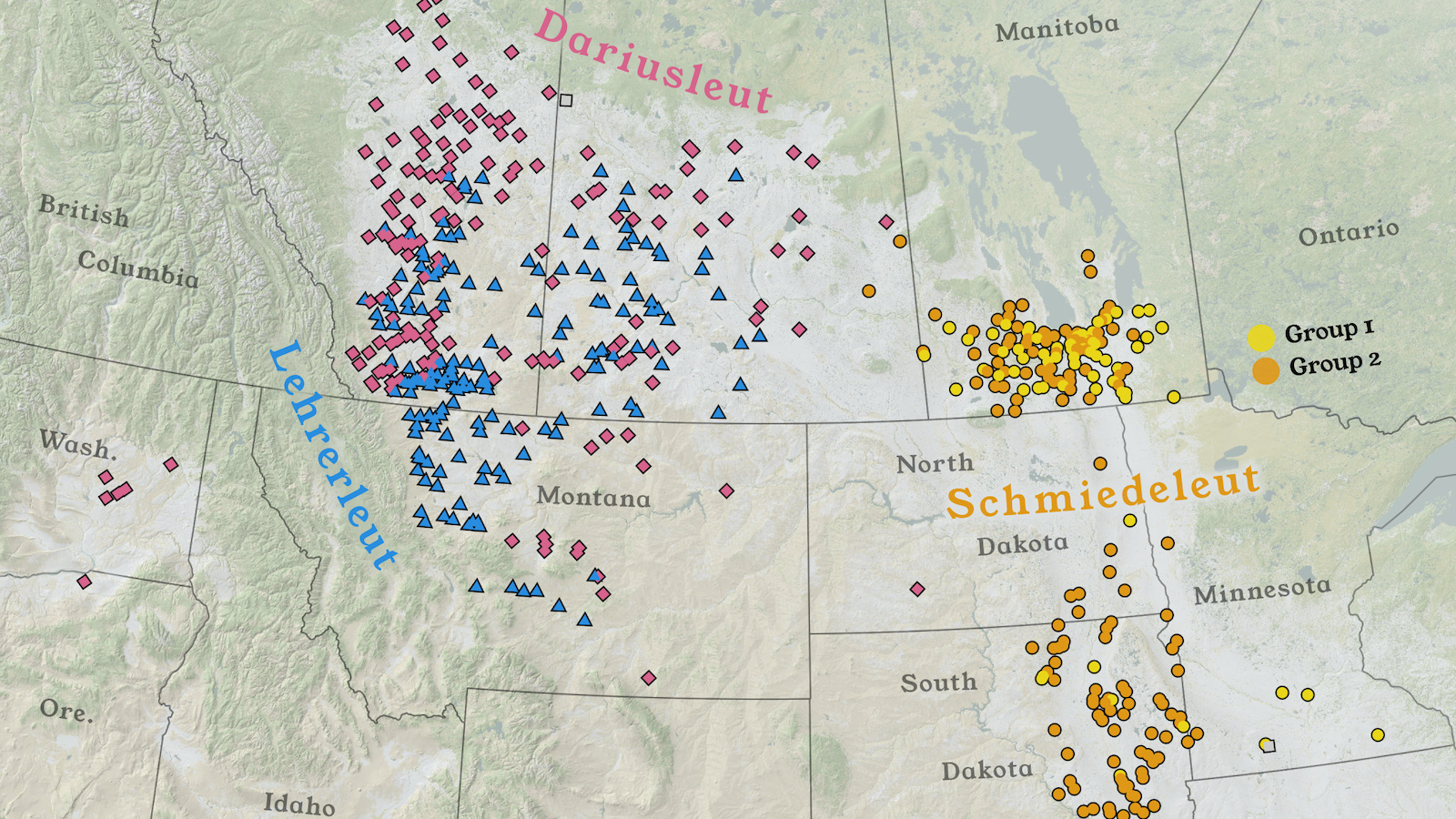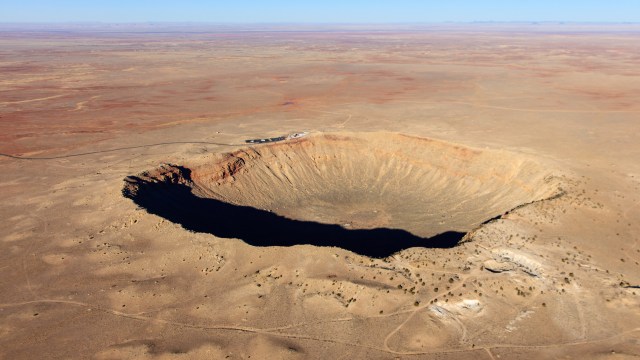In these 11 European countries, births out of wedlock are in the majority

- Before the 1960s, births out of wedlock represented less than 5% of the total in most European countries.
- Now, more than half of children born in France — and 10 other European countries — have unmarried parents.
- The U.S. as a whole is not there (yet), but there is substantial variation between the states.
For many young people across Europe, “wedlock” is as outdated a concept as flintlock or Matlock. For proof, look at this map, showing the share of children born outside of it. Across the entire continent, figures are well into the double digits. And despite considerable regional variation, children with unmarried parents are the norm rather than the exception in plenty of countries.

Until (relatively) recently, there was serious social and religious stigma attached to having children outside of marriage, and figures across Europe were more in line with those of today’s Turkey (2.8%). According to the earliest records available for France, the share of children born out of wedlock in the mid-19th century was less than 5%. That number was relatively stable across most European countries, and for many subsequent decades.
Social changes in the 1960s and 1970s
In 1938, just 4.1% of children in the UK were born to unmarried mothers. And in Germany in 1950, the figure was no higher than 2.4%. Sweden was a relative outlier, with 8.6% of children born in 1940 having unwed mothers.
However, after World War II, and especially since the social changes of the 1960s and 1970s — which led to greater social and economic autonomy for individuals — that figure has kept rising across Europe. As this map shows, children born out of wedlock are now in the majority in a substantial number of European countries, mainly (but not exclusively) in the north and west of the continent.
The highest percent is in Iceland, where nearly 7 out of 10 children (69.4%) are born outside of marriage. Second is France, with well over 6 out of 10 births (62.2%) out of wedlock. Bulgaria, atypically in the east, is in third place (59.6%).

Of the eight other countries where births inside marriage are outnumbered by those outside, six are again in Europe’s north or west. Those are, in descending order: Norway (58.5%), Portugal (57.9%), Sweden (55.2%), Denmark (54.7%), Netherlands (53.5%), and Belgium (52.4%). The two exceptions are Slovenia (57.7%), which is nearly western, and Estonia (53.7%), which is almost Nordic.
Figures remain in the high forties in the Czech Republic (48.5%), the UK (48.2%), Finland (47.7%), and Spain (47.6%), and in the low forties in Austria (41.2%) and Slovakia (41.0%).
Comparing neighbors
If we assume, not unreasonably, that high rates of children born out of wedlock correspond to less socially conservative norms, a number of interesting observations can be made. It would seem, for example, that the Irish (38.4%) are much more conservative than their British neighbors, and that the discrepancy is even greater between the Italians (33.8%) and the Germans (33.1%) on one side, and the French on the other.
Two of the continent’s wealthiest countries, Switzerland and Luxembourg, have among western Europe’s lowest shares of children born out of wedlock (27.7% and 24.1%, respectively). Does being rich correlate with being socially conservative? The even lower rate for even richer Liechtenstein (19.8%) points in that direction.
Although they’re nowhere nearly as wealthy as Switzerland or Luxembourg, most countries of the former Eastern Bloc (apart from the five mentioned earlier) have low figures as well: from 26.4% in Poland to 13.0% in North Macedonia. (Greece, a neighbor but in the western camp, has a similarly low figure.) Perhaps this is explained by the continued influence of Catholicism and Orthodox Christianity.
Slovakia, Austria, and the U.S.
The rise of births outside of marriage is not limited to Europe; it’s a phenomenon paralleled in the U.S., which has gone from 3.8% of children born out of wedlock in 1940 to 40.7% in 2018. That figure puts the U.S. in the same league as Slovakia or Austria. However, as in Europe, there is great regional variation within the U.S. (See the second map below.)
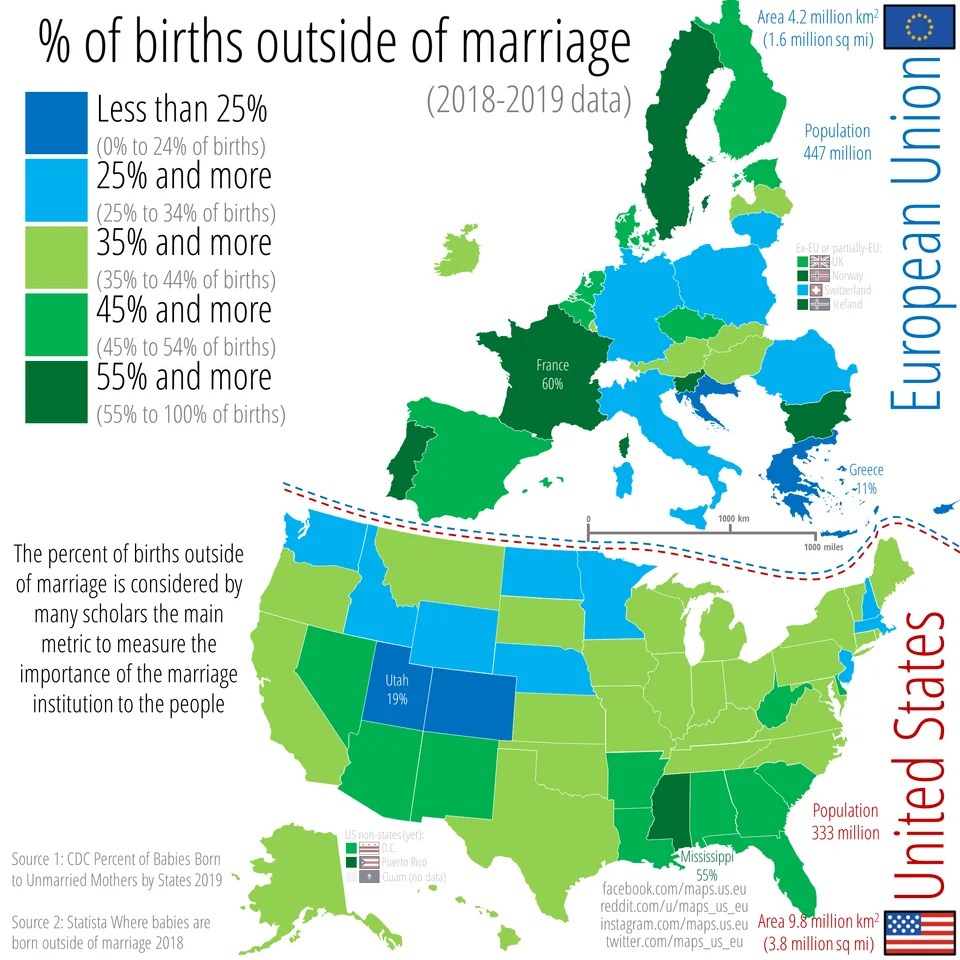
A similar range of results can be found in the U.S. with Utah and Colorado coloring as dark blue as Croatia, Greece, and Cyprus (all with low out-of-wedlock births). With just 19% of children born out of wedlock, heavily Mormon Utah has the lowest figure in the country.
However, the U.S. results don’t quite map onto what is perceived to be the liberal-conservative split across the country. Mississippi, one of the “redder” states, also has the highest share of children born out of wedlock (>55%, on par with France or Sweden). In fact, most of the South, from Arkansas to Florida, is in the near-to-over-half category (45-54%, similar to Denmark and Belgium).
In the light blue portion of the spectrum (25%-34%), we find states with a more liberal reputation, such as Massachusetts, Minnesota, and Washington. Their relatively low share of children born out of wedlock compares to, say, Poland or Italy.
Worldwide, 15% of children are born out of wedlock
What about the rest of the world? We found lots of articles and graphs to illustrate the divergence between the West and the Rest, but no presentable map. It suffices to say that births out of wedlock are on the rise all around the world, typically in lockstep with the economic emancipation of women.
According to Joseph Chamie, a former director of the UN Population Division who was quoted in 2017, of the 140 million births worldwide in the previous year, about 15% (21 million) were out of wedlock. The rate varied greatly around the world. Less than 1% of births were out of wedlock in China, India, and many traditionally Muslim countries. However, in much of Latin America, including Brazil, Mexico, and Colombia, more than 60% of children were born outside of marriage — a remarkable reversal from just a few decades prior.
Strange Maps #1197
Got a strange map? Let me know at strangemaps@gmail.com.
Follow Strange Maps on Twitter and Facebook.


